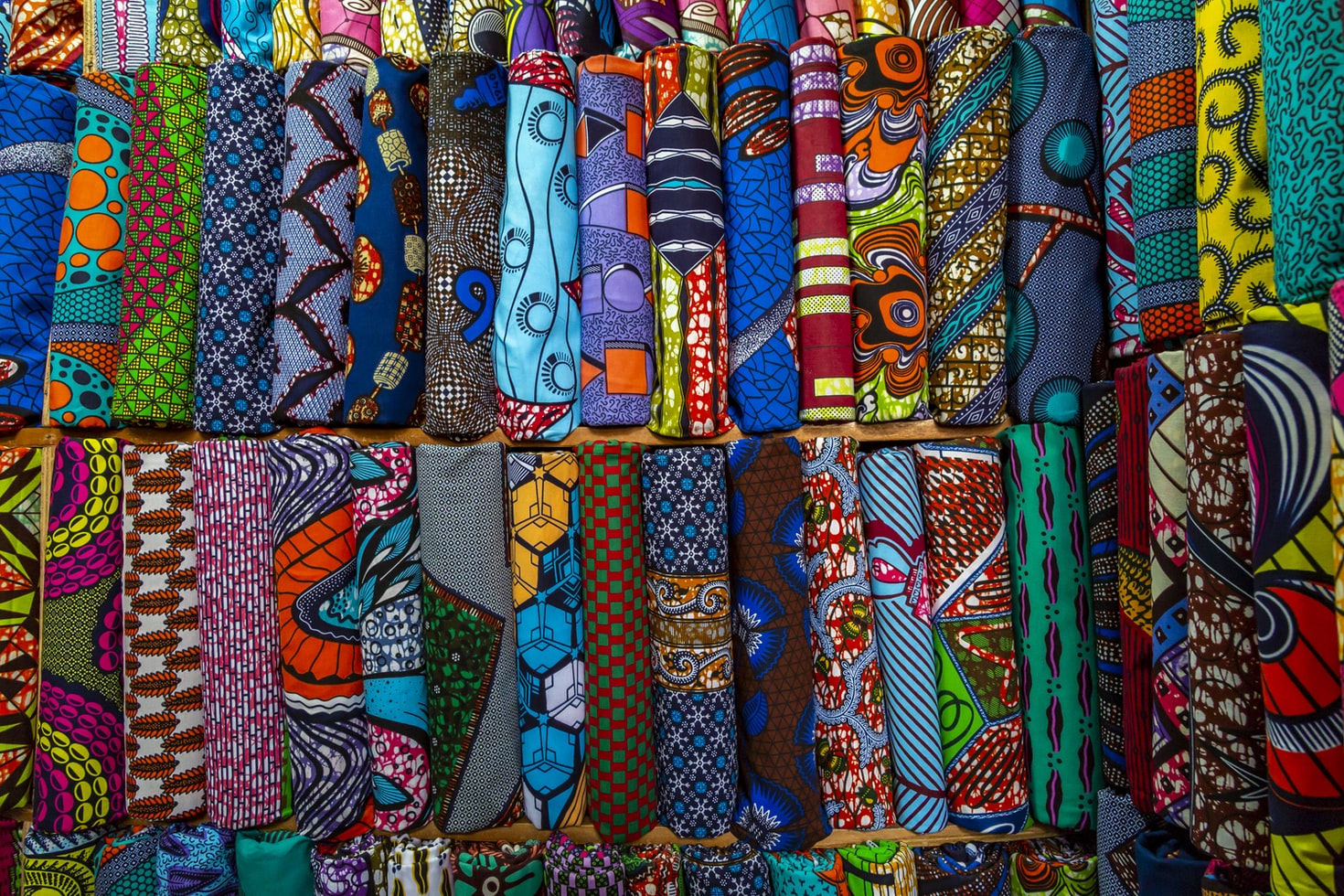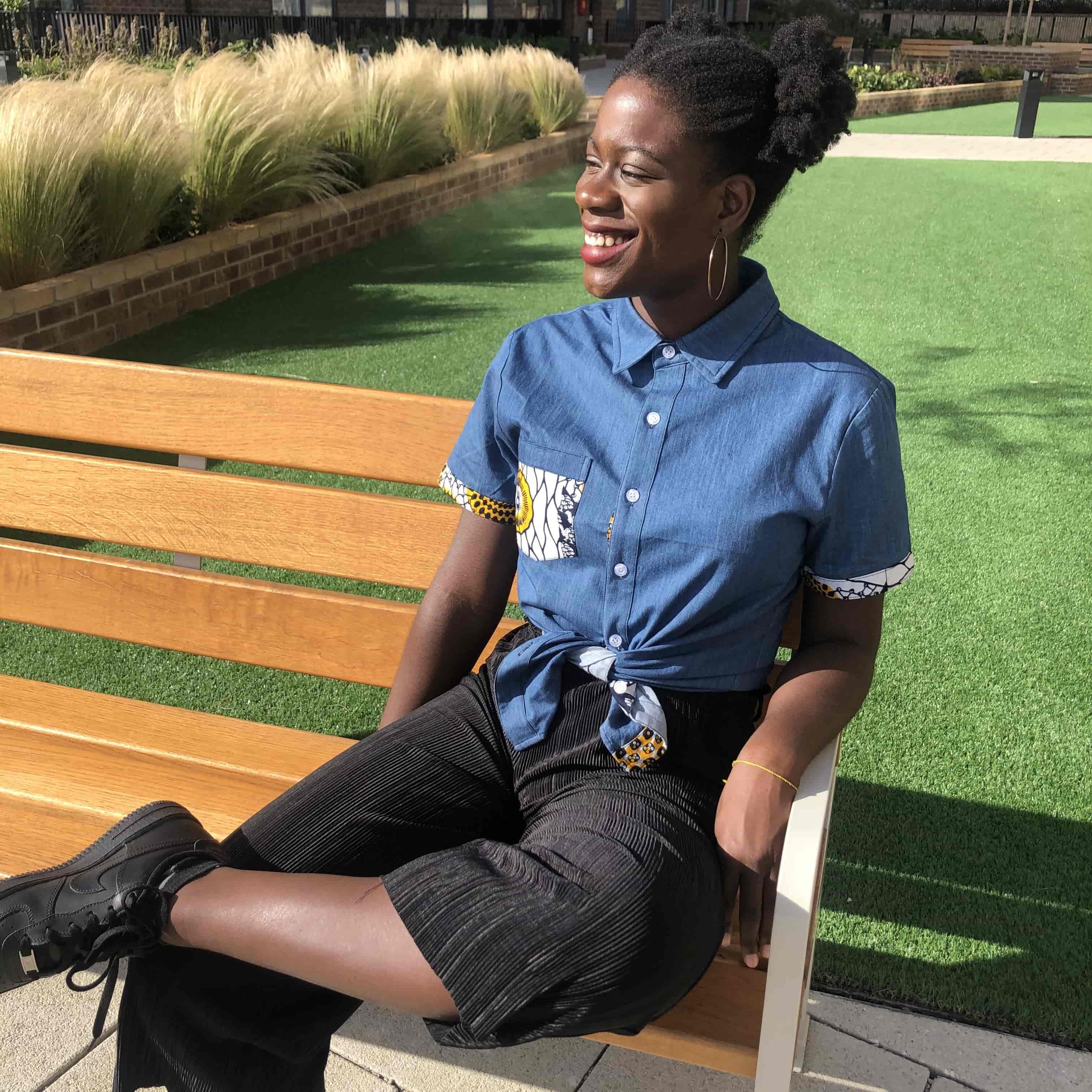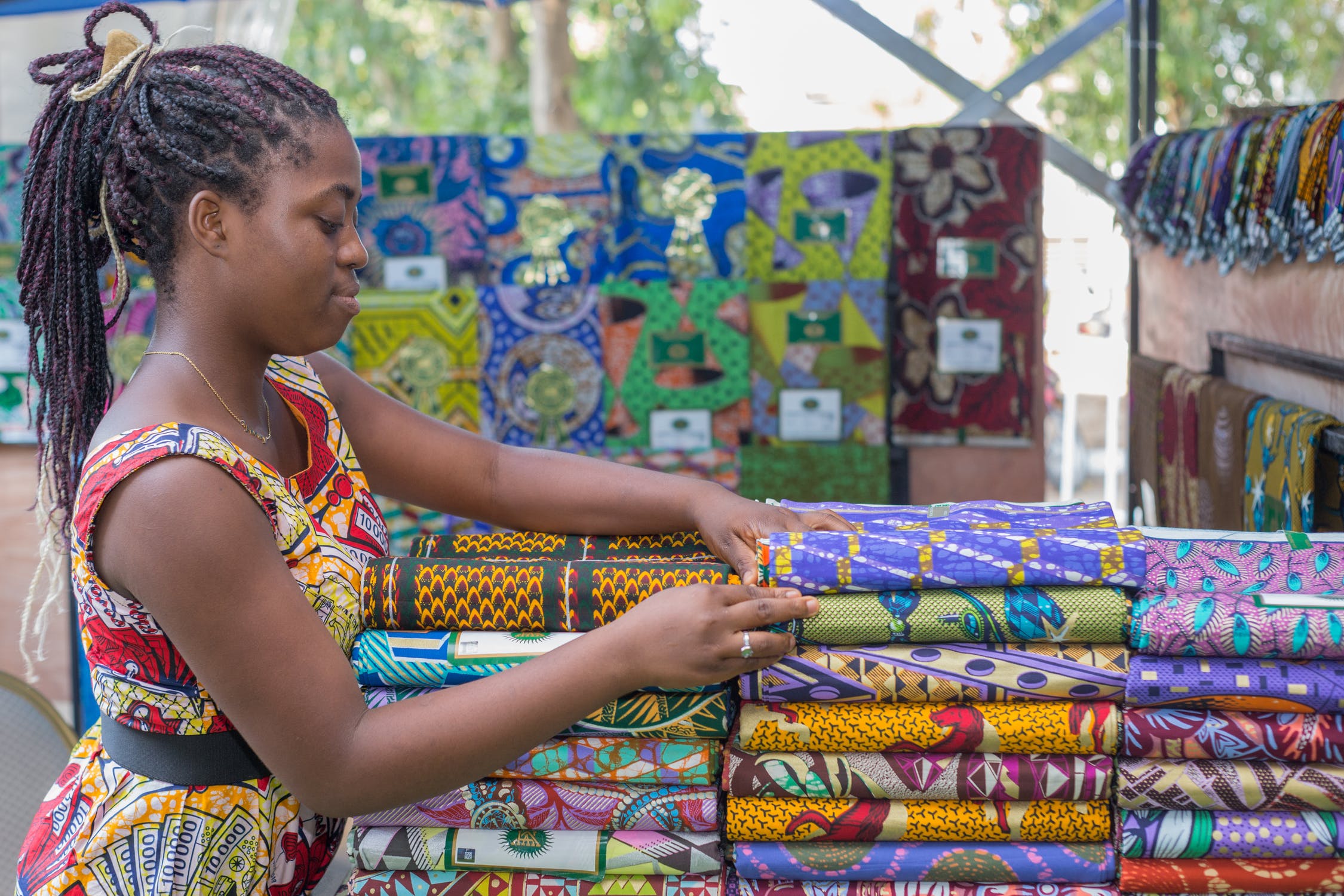
African Wax Prints: Its Origins and How It Became Popular
Although the fabrics are referred to as “African wax prints” or “tribal”, they are not designed by Africans or made in Africa. These fabrics are European-made textiles that a certain number of African countries have incorporated into their culture and made their own.
In marketing, “African wax prints” is a term that generally identifies a category of textiles made from 100 per cent cotton fabric and comes in vibrant colours. They are made possible by a machine that uses wax resins and dyes to create a batik-like effect on either side of the cloth. The process is known as “wax-resist dyeing” because the wax resists the dye and keeps it from penetrating the whole material. This is how unique patterns are made.
They are also known as java, super wax, and Ankara. The fabrics themselves have a stiff, waxy, and glossy surface even if they have been roller printed.
Indonesia: The Humble Beginning
Ankara originated in Indonesia, where it is locally known as Batik. This type of fabric involves an etching tool called a canting, which has a small amount of hot, liquid wax. The tool is used to create intricate patterns on the cloth.
In the 6th century, the Javanese started using the technique and evolved it into its highest form. At present, the UN recognises this process as a preserved cultural heritage of humankind.
During the colonial period in Indonesia, Batik became popular among Christian missionaries. They used the fabric to cover converts to the church. Western African soldiers were also known to bring back these fabrics to their wives after serving in the Dutch East Indies military.
The Dutch and English took the opportunity to mass-produce them in Europe using machinery that automated the dyeing process. This is where terms like “Dutch Wax” and “Wax Hollandaise” came from since the prints were predominantly made in Holland.
How Batik Gained Popularity in Sub-Saharan Africa
Africa is a large landmass located between the European mills and Indonesia. As such, the boats travelling to and fro would make stops along the way to refuel, buy supplies, and sell the textiles they made to Western African buyers at the ports. As time passed, the makers realised that their fabrics were more popular in sub-Saharan Africa than in Indonesia. As a result, they adapted African preferences to their colours and designs to appeal to their new target market.
The mass-produced textiles in Europe were not a hit in Indonesia because this method caused bleeding in the fabric. This made the fabrics look cheap to the Javanese, who preferred handmade products. However, to West Africans, this was a new and beautiful fabric that was unlike any other, so they were quick to like them.
At present, African wax print designs are used in art and pop culture references, geometrical patterns, and everyday items. The markets in sub-Saharan Africa have shops that sell both illegal and legal copies that bring lower costs to shopkeepers but lower quality to customers. Although some stores see this as a better profit margin, they are now a generation away from the original Batik inspiration.
Conclusion
Ankara clothes have a long history and remain relevant to this day. Inspired by Indonesia’s Batik, the beautiful prints are colourful and vibrant, making them very engaging and eye-catching. To get the best ones available in the market, you should buy African clothing from a trusted manufacturer and seller.
Nkiti African Clothing is a UK-based store that specialises in creating and designing casual African wear, including Ankara clothes. We aim to create modern and high-quality African clothing that pays homage to our rich African ancestry. If you are interested in seeing more of our African designs, shop with us today!
If you enjoyed reading this, feel free to follow us on Instagram and subscribe to our mailing list to stay updated on blog posts like this!




Leave a comment
This site is protected by hCaptcha and the hCaptcha Privacy Policy and Terms of Service apply.